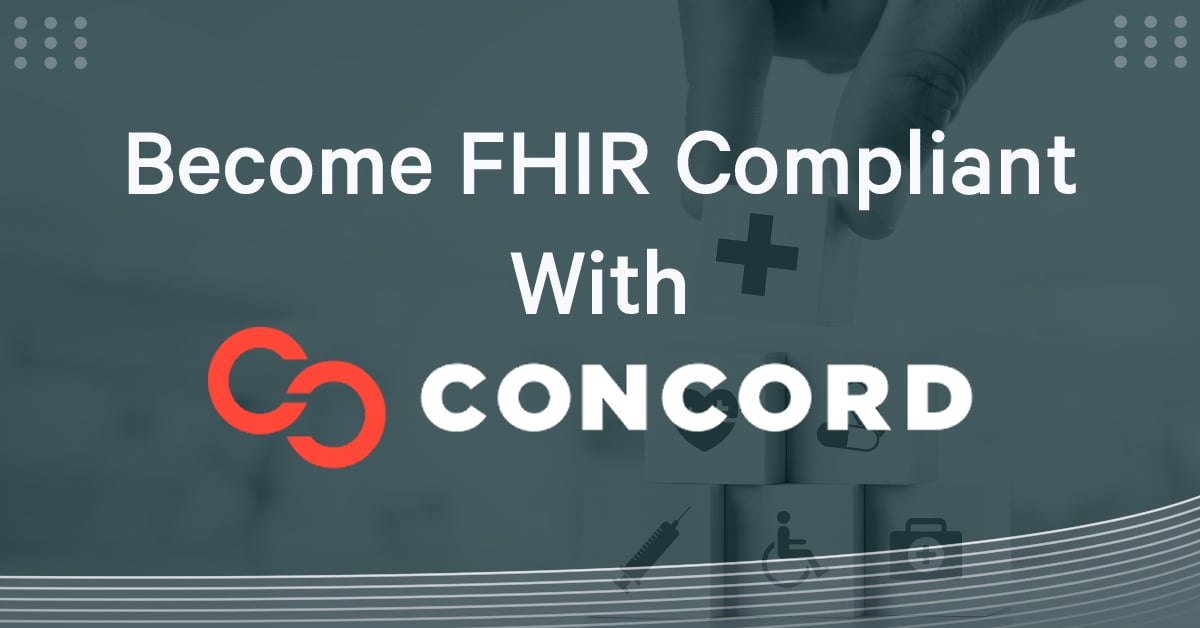
Simplifying FHIR Standards for Healthcare Payers
For most healthcare professionals, the fast healthcare interoperability resource (FHIR) standard has become one of the most important protocols for ensuring interoperability and efficient communication of patient data. If you were working in health informatics when the first version of FHIR was introduced in May of 2012, your daily life probably changed for the better and quickly.
Many developers report that the ease of use of a simple interface can dramatically change in as short as a day by implementing FHIR standards into their healthcare operations. Ultimately, that’s what every payer is after. You want to provide your members with fast healthcare options, protect their personal identifiable information (PII), and cut costs where you can.
But the question remains:
What can I do to ensure my organization complies with FHIR standards for healthcare interoperability, and what can I do to maintain these standards?
FHIR Standards: Healthcare Breakdown
|
First off, what is the HL7 FHIR standard? |
|
The FHIR by HL7 identifies a type of information model that easily stores, retrieves, updates, and shares patient data efficiently while ensuring interoperability between systems despite the type of technology used. Without sacrificing information integrity, FHIR leverages existing logical and theoretical models to provide a consistent, easy-to-implement, and rigorous mechanism for exchanging data between healthcare applications. FHIR is based on web standards JSON, HTTP, XML, and OAuth. Due to FHIR being a standard and the construction of what makes a ‘standard,’ FHIR needs to continue to evolve. In early 2023, FHIR released the 5th version. |
The HL7 website states, “[T]he philosophy behind FHIR is to build a base set of resources that, either by themselves or when combined, satisfy the majority of common use cases.”
The basis of FHIR standards in healthcare consists of the big three: resources, references, and profiles.
- Resources:
- All exchangeable content is considered a resource. This can be in the form of a scanned document, image, value, etc.
- Example: Clinical information representing different types of allergies. Each allergy would be its own resource.
- References:
- References are the connections between resources. By linking one resource to another, the resources combine to build a web of information about healthcare.
- Example: Linking an allergy resource and a drug resource creates a reference.
- Profiles:
- Developed through profiling, a profile is a set of constraints and extensions on resources, based on context, that help define rules and requirements. A profile provides the development of the basic standards for specific use cases.
- Example: By using a MedicineRequest profile, you are able to identify all the medications that have been prescribed to a particular patient.
HL7 provides readily available FHIR profiles, but they still require healthcare developers to create their own profiles to meet the requirements of a specific project.
Encouraging Interoperability With FHIR Standards
Improving the quality of care through greater interoperability is a major focus for payers in the healthcare industry. FHIR standards promote fast healthcare delivery on claims, applications, and billing while ensuring value-based care for members. These global standards represent the future of interoperability by supporting structured data exchange.
FHIR standards healthcare servers are able to validate resources with the associated profile definitions. FHIR standard-based application programming interfaces (APIs) utilize this means of validation to promote quick transactions and easy implementation of resources. FHIR APIs are also able to use base resources despite encouraging developers to adapt them for specific requirements. Even IT professionals who are unfamiliar with healthcare are able to pick up these protocols easily.
Best Practices
- When creating FHIR profiles, develop a maturity model to be aware of how mature the artifacts are before implementation. This encourages interoperability by ensuring your profiles are reliable and following maturity standards.
- Following implementation guide (IG) best practices by adhering to the FHIR protocol checklist ensures that the data exchange is secure and available for access to the necessary parties.
- Utilize technical solutions and confer with specialty tech consultants to ensure your FHIR system is uniform and interrelated between applications.
Technical Solutions
|
Provider |
Application for FHIR Compatibility |
|
MuleSoft |
MuleSoft enables FHIR-compatible APIs with integrations, assets, libraries, and converters. By providing connection solutions across SOA, SaaS, and APIs for seamless integration, payers are able to encourage interoperability. |
|
Amazon |
FHIR Works on AWS helps payers create FHIR interfaces with toolkits that support the majority of FHIR resource types and operations. |
|
Confluent |
Create easy-to-build real-time data pipelines and streamline applications by integrating data from multiple sources into a single Event Streaming Platform. |
|
Snowflake |
Snowflake introduces analytics and insights to ingest, process, and run analytics on HL7/FHIR messages. |
FHIR Standards Healthcare: Let The Professionals Help
Certified healthcare IT vendors are required to adopt FHIR standards across their organization's IT architecture. However, there are a lot of intricacies when implementing and dealing with FHIR standards, healthcare, and interoperability. Set yourself up for success by conferring with a specialty tech consultant. Expert teams of technicians can help you become FHIR compliant and provide additional services for interoperability to encourage organization growth and secure assets. Concord is highly-regarded and uniquely positioned to help implement practical solutions for interoperability and other digital health needs.
Getting Started
Concord USA is a consultancy that combines technology and industry depth with a get-it-done culture to enable resiliency, efficiency, and innovation. Whether you are trying to improve customer satisfaction, data strategies, security, or other technological issues, Concord can help.
Contact us today to learn more about FHIR standards, healthcare solutions, our Technology Integration Services, and how we can help your business thrive.